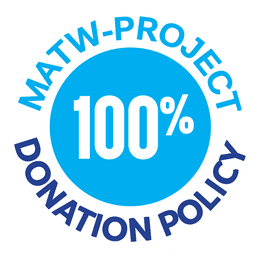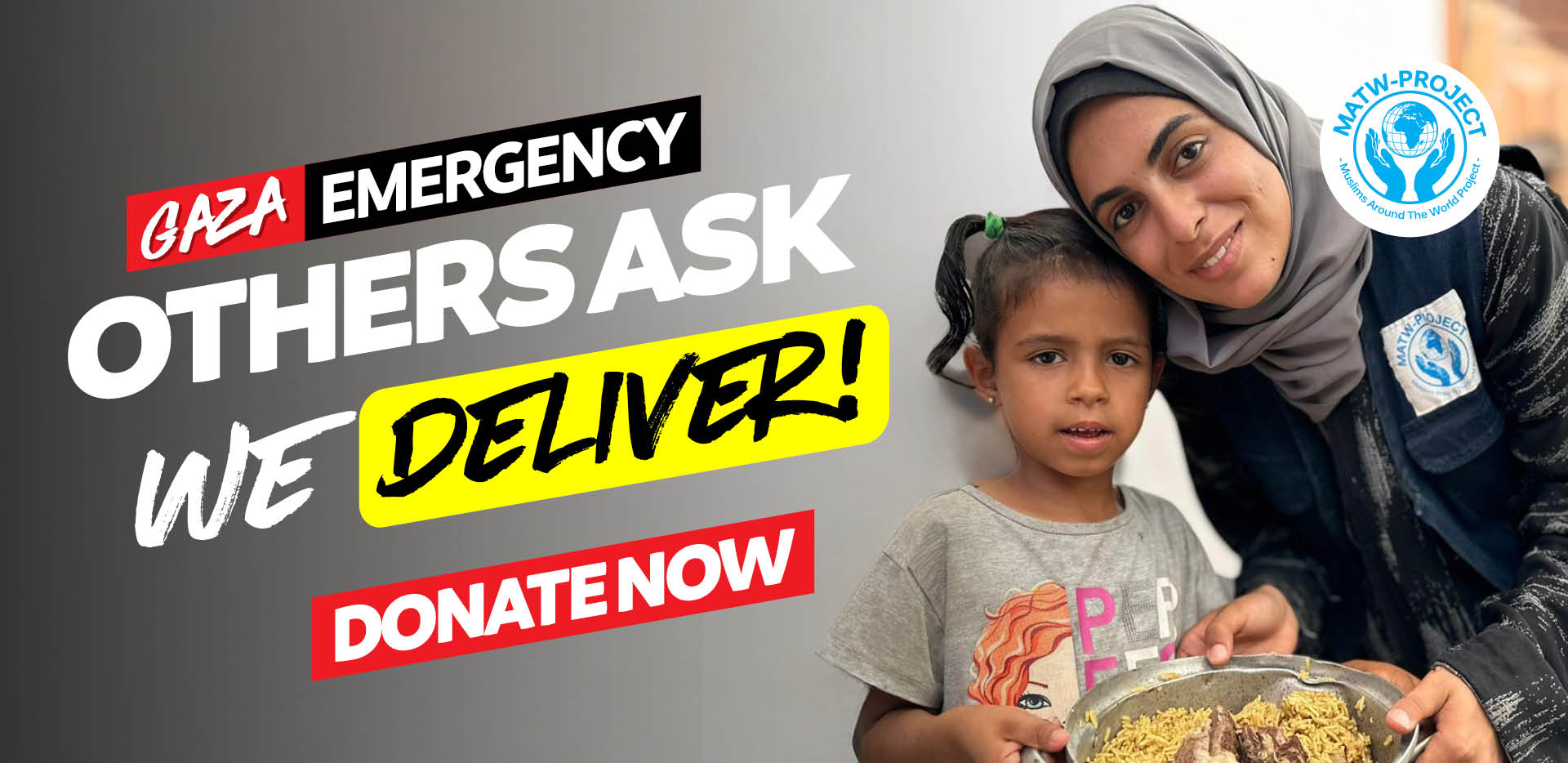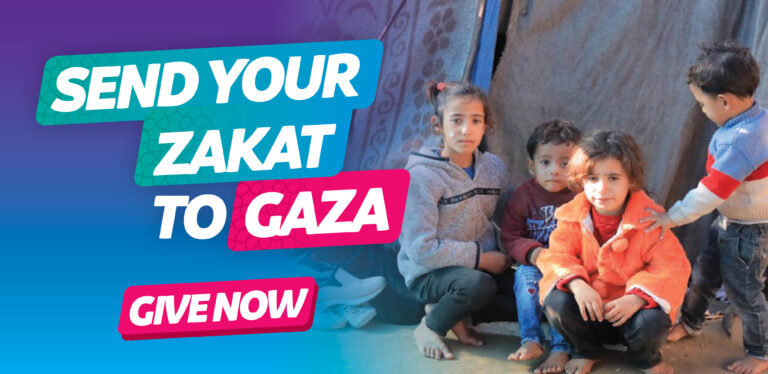The world is once again turning its gaze toward the Gaza Strip, but this time, the focus is laser-sharp on one specific point: Rafah. As the latest social media campaign, “All Eyes on Rafah”, gains momentum, it is crucial to understand the significance of this location and why it has captured the global consciousness. This viral trend has transformed into a rallying cry for justice and awareness, shedding light on a border crossing that is much more than just a geographical marker; it is a symbol of survival, resistance, and hope for the people of Gaza.
The Rafah Crossing: A Lifeline and a Battlefield
Rafah, a city situated at the southern edge of the Gaza Strip, shares its border with Egypt. The Rafah Border Crossing is the only gateway for Gaza’s 2 million residents to the outside world that Israel does not control. This crossing has a deep and complicated history, marked by periods of closure, limited access, and a lifeline for those trapped in Gaza under what has been described as an open-air prison.
Since the early 2000s, the Rafah crossing has been a focal point of international attention, especially during times of conflict. It has often been the only passage for humanitarian aid, medical evacuations, and essential supplies into Gaza, particularly during the intense hostilities between Israel and Palestinian factions. However, the crossing’s opening and closing have often been subject to political negotiations, leaving the people of Gaza in a precarious position. The “All Eyes on Rafah” campaign seeks to amplify the voices of those affected by these closures, bringing the humanitarian implications of this geopolitical chokehold to the forefront of global discussion.
The Emergence of “All Eyes on Rafah”
The “All Eyes on Rafah” campaign erupted on social media platforms in May 2024, quickly becoming a viral movement. What started as a localized effort to draw attention to the humanitarian crisis in Gaza has transformed into a global phenomenon. Social media users from around the world began posting under the hashtag AllEyesOnRafah, sharing stories, images, and videos that highlight the dire situation at the Rafah crossing.
This campaign has drawn comparisons to other viral movements, such as BlackLivesMatter and MeToo, where digital activism transcends into real-world impact. The power of the internet to mobilize support and create pressure on political leaders is being harnessed once again, this time to address the ongoing crisis in Gaza. The “All Eyes on Rafah” movement exemplifies how social media can act as a tool for both awareness and advocacy, pushing issues that are often sidelined by mainstream media into the spotlight.
The Human Cost of Rafah’s Closure
The Rafah crossing is more than just a physical boundary; it is a lifeline for those in Gaza. The closure of Rafah often results in severe shortages of medical supplies, food, and other essentials. For patients needing urgent medical care unavailable in Gaza, the ability to cross into Egypt can mean the difference between life and death. The ongoing restrictions have left many in Gaza feeling isolated, trapped within a 365-square-kilometer strip that has been heavily bombarded and blockaded for years.
Families are often separated, with members stuck on either side of the border, unable to reunite. Students aspiring to study abroad, patients in need of specialized medical treatment, and ordinary citizens seeking refuge from conflict are all caught in the crosshairs of a political deadlock. The human stories emerging from Rafah—of dreams deferred, lives interrupted, and tragedies that could have been avoided—are the driving force behind the “All Eyes on Rafah” campaign.
A Call for International Accountability
One of the key messages of the “All Eyes on Rafah” campaign is the call for international accountability. Activists and organizations supporting the movement argue that the closure of the Rafah crossing constitutes a violation of international law, particularly the right to freedom of movement and access to humanitarian aid. They point out that the international community has a moral obligation to intervene and ensure that the people of Gaza are not subjected to collective punishment.
The campaign has also highlighted the role of Egypt in the ongoing blockade of Gaza. While Israel is often the primary focus of criticism regarding the siege on Gaza, Egypt’s role in controlling the Rafah crossing has also come under scrutiny. Activists are urging the Egyptian government to open the crossing unconditionally and to allow for the free flow of people and goods into and out of Gaza.
The Role of Media in the “All Eyes on Rafah” Campaign
Media coverage, or the lack thereof, has always been a critical factor in the Palestinian-Israeli conflict. The “All Eyes on Rafah” campaign seeks to address what many see as a media blackout or biased reporting on the situation in Gaza. By using social media as a platform, activists are bypassing traditional media outlets to bring raw, unfiltered stories directly to the global audience.
The campaign leverages the power of user-generated content to challenge the dominant narratives and to present a more nuanced view of the situation in Gaza. Photos and videos taken by people on the ground in Rafah are shared widely, providing a firsthand look at the reality of life under siege. This grassroots approach to storytelling is not only democratizing the flow of information but also ensuring that the voices of those most affected are heard loud and clear.
The Impact and Future of the Movement
The “All Eyes on Rafah” campaign has already made significant strides in raising awareness about the situation in Gaza. It has sparked conversations in international forums, prompted statements from human rights organizations, and put pressure on political leaders to address the humanitarian crisis at the Rafah crossing. However, the true impact of the movement will be measured by the tangible changes it can bring about.
The future of the campaign lies in its ability to maintain momentum and convert online activism into real-world action. Whether this means lobbying governments, organizing protests, or providing direct aid to those in need, the movement has the potential to drive significant change. As the campaign grows, it is essential to keep the focus on the human stories behind the statistics, ensuring that the people of Gaza are not reduced to mere numbers in a political game.
Conclusion: The World is Watching
“All Eyes on Rafah” is more than just a social media trend; it is a powerful movement that is shining a light on the plight of the people in Gaza. It underscores the importance of international solidarity and the need for a global response to the humanitarian crisis at the Rafah crossing. As the world watches, the hope is that this increased visibility will lead to meaningful action and that the people of Gaza will finally see an end to the suffering that has plagued their lives for so long.
In a world where attention spans are fleeting, the challenge for the “All Eyes on Rafah” campaign will be to keep the global spotlight on Gaza and to ensure that this moment of awareness translates into lasting change.








 AUD
AUD
 GBP
GBP
 EUR
EUR
 CAD
CAD
 SGD
SGD
 MYR
MYR


